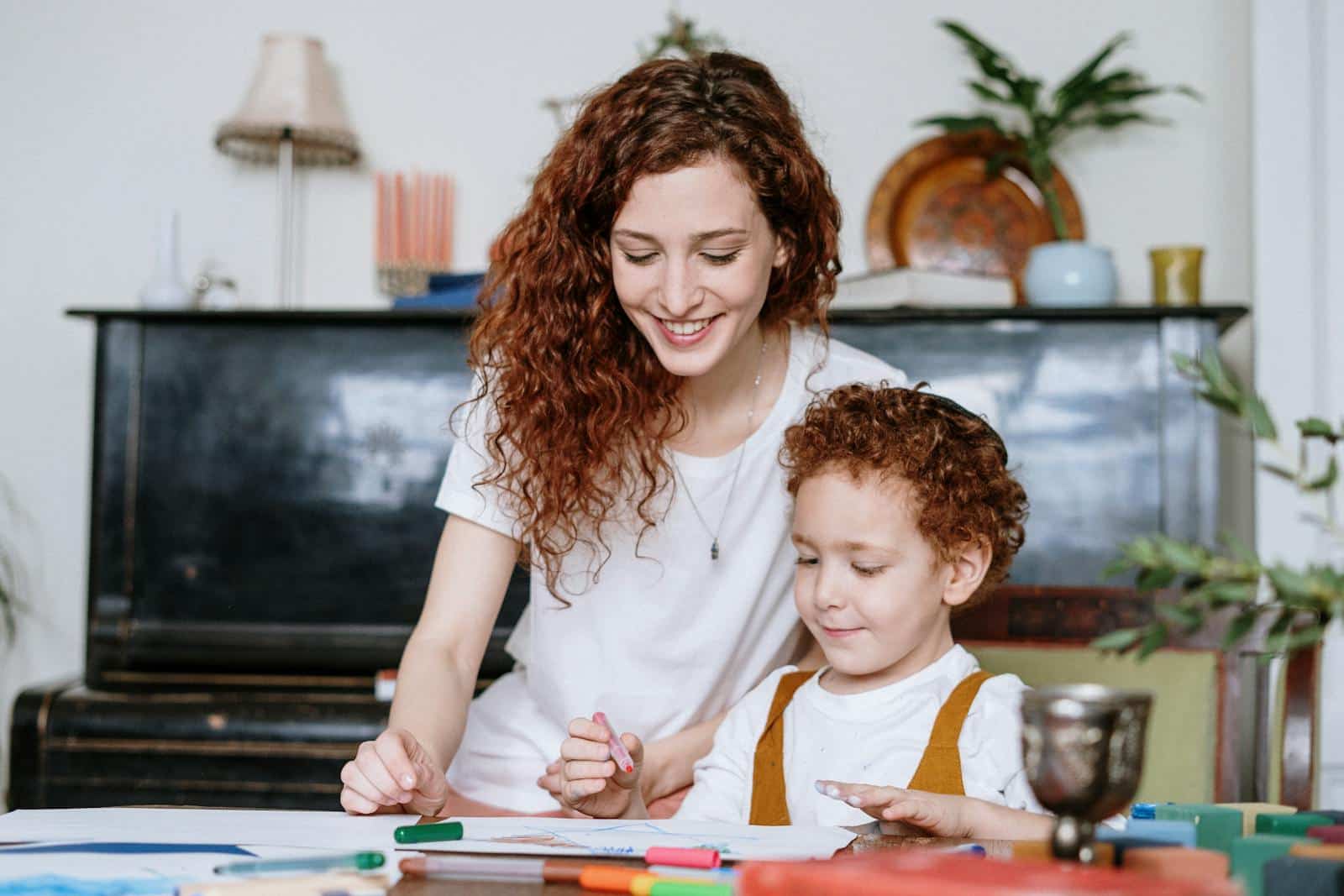Inclusive Homeschooling: Supporting Children with Cerebral Palsy Through Accessible Learning and Awareness
March was Cerebral Palsy Awareness Month, and for those of us walking the homeschooling path, it’s a perfect time to reflect on how we can make learning at home more inclusive, accessible, and compassionate. Whether you have a child with cerebral palsy (CP), know a family who does, or simply want to create a home environment where every child feels seen and supported, this is a conversation worth having.

Photo by cottonbro studio on Pexels
Why Inclusion in Homeschooling Matters
Cerebral palsy is the most common motor disability in children, and yet, so many parents are still navigating what that means—especially in a learning setting. CP can affect movement, posture, muscle tone, speech, and even fine motor skills. Some children may have learning delays, while others are cognitively on grade level but need physical accommodations. There’s no one-size-fits-all—and that’s why homeschooling can be a powerful tool. It lets us meet our kids exactly where they are.
But even if your child doesn’t have CP, there’s value in teaching inclusion at home. By incorporating lessons about disability, empathy, and adaptability, we raise kind, curious, and informed kids. And honestly, that’s the heart of homeschooling, isn’t it?
Creating a More Accessible Homeschool Space
Start by taking a look around your homeschool area. Is it easy to navigate for someone using mobility aids? Are tools like scissors, pencils, or tablets adapted for smaller or less coordinated hands? You can find tools that support fine motor challenges—like pencil grips, slant boards, or speech-to-text software—that make a big difference without a huge investment.
Also, consider how you deliver lessons. Some children with CP may fatigue quickly or need longer breaks. Offering flexible pacing and multiple ways to learn (videos, audio, hands-on activities) helps them absorb information without feeling overwhelmed.
Adjusting Curriculum Without Lowering Expectations
It’s easy to feel like modifications mean “watering things down,” but that’s not the case. Instead, focus on different pathways to the same goals. For example, if handwriting is hard, let your child type responses or dictate answers. If large motor activities aren’t doable, look for chair-based versions or simplified steps. Adaptive PE is a thing, even at home!
If you’re new to homeschooling a child with special needs, HSLDA’s Special Needs resources are a great starting point. They offer guidance on laws, accommodations, and support groups specific to homeschooling families.
Helping Siblings Understand and Support
One of the biggest blessings of homeschooling is how close siblings become. But it can also bring challenges when one child has extra needs. March is a great time to teach all your children about what cerebral palsy is and how it may affect their sibling or others around them. You don’t need a formal lesson plan—just honest conversation.
Something as simple as watching a short video together or reading a kid-friendly book like “Meet ClaraBelle Blue” can help spark empathy and normalize disability in their eyes. And if they ask questions? That’s great! Keep it age-appropriate and truthful. CP is caused by damage to the developing brain, often before or during birth. If they’re curious about the causes, this resource explains it in a way that’s easy to understand: Birth Complications and CP.
Go Beyond the Books with Virtual Experiences
Kids learn through experiences—and sometimes the best way to teach inclusion is to see the world from a different perspective. Virtual field trips are one of my favorite tools for this! Not only are they fun and flexible, but they’re also ideal for children with mobility issues. Check out accessible options like Smithsonian Museum of Natural History’s virtual tour or the NASA interactive experience. These trips allow every child to explore the world without limits.
Spreading Awareness Starts With Us
One of the most impactful things we can do as homeschooling parents is use our flexibility and freedom to be intentional about awareness. CP Awareness Month wasn’ just about people already living with cerebral palsy—it’s about making the world more aware, accepting, and inclusive. That starts in the home. Whether that means sharing a resource like Cerebral Palsy Guidance with another parent, letting your child wear green in support, or simply talking about inclusion over lunch, it all counts. It all helps.
At the end of the day, homeschooling is about teaching the whole child—heart and mind. And when we make space for every kind of learner, we’re doing something truly beautiful.